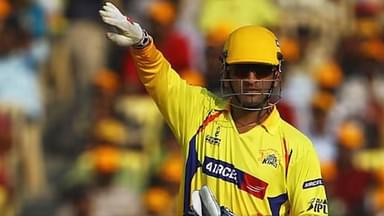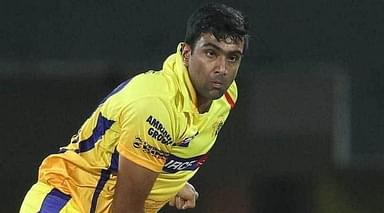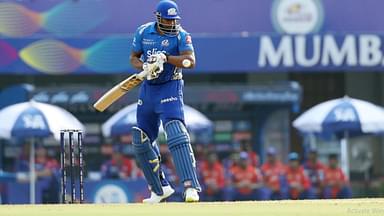Having successfully conducted Indian Premier League auctions between 2008-2018, renowned auctioneer Richard Madley considers former West Indies captain Kieron Pollard to have initiated the most intense battle whilst him holding the hammer in his hand.
Advertisement
Registered at a base price of $200,000, Pollard’s bid had reached the maximum permissible limit of $750,000 with the likes of Mumbai Indians, Chennai Super Kings, Royal Challengers Bangalore and Kolkata Knight Riders all interested to acquire the services of the then 22-year-old batting all-rounder.
With the capped price having realized, Madley made use of a secret tiebreaker rule to make Pollard the first-ever player ever to be sold-off to a franchise with the help of this newly introduced deadlock breaker during IPL 2010 auction. As per the rule, in case two (or more) franchises hit the highest salary cap in the auction, they were invited to submit a secret bid in a sealed envelope. This undisclosed amount was then revealed before the competing franchises and the one with the maximum bid used to take the player away.
It is worth of a mention that this unrevealed sum (amount in excess of $750,000 in Pollard’s case) went back to the BCCI (Board of Control for Cricket in India) and not the player concerned, making it a win-win situation for both the parties.
Nonetheless, Madley still remembers the day the secret bid had taken place and took to his X (formerly Twitter) handle to reveal the same when a user on the platform asked him about the “most intense bidding battle he had conducted as an auctioneer”.
Four way tied bid for Kieron Pollard?
— Richard Madley (@iplauctioneer) December 18, 2023
A couple of years later, during a television interview with CNN-IBN, former IPL chairman Lalit Modi had remarked that the objective of the rule was fair on each of the franchises in the sense that there was a fixed salary cap on players and on the overall franchise purse as well.
“The tiebreaker only came in because, how do you determine when you have a fixed purse for the tournament. And this is well-researched, that you reach the cap and still two teams are bidding, secret tie-breaker came as a penalty clause where the team actually pays back a higher fee but it goes back to the BCCI, which is then used to offset other player costs. But the objective, again, was to make it equal. All bidders get an equal opportunity to buy a player.”
Eventually, Mumbai Indians had reportedly placed the winning bid of $2.75 million to acquire the services of Pollard and made him the costliest player during that year’s auction.
“The team strategy, discussed between Sachin Tendulkar, TA Sekar and Robin Singh was that we wanted a batting allrounder and we are happy to have him,” Nita Ambani, co-owner of MI, had later said.
Pollard went on to represent MI for more than a decade before deciding to call it time on his IPL career last year. However, the 36-year-old continues to be part of the five-time champions in the capacity of a batting coach.
Shane Bond And Ravindra Jadeja Followed Kieron Pollard To Initiate Tie Breakers
Following Pollard’s bid, former New Zealand fast bowler Shane Bond became the second player to be sold-off via the tie breaker rule. Capped at $750,000 as well in the same auction, Bond found bids from Kolkata and Deccan Chargers before the former snapped him.
During IPL 2012 auction, Indian all-rounder Ravindra Jadeja was roped in by Chennai by the same method after being in a deadlock with Deccan post the $2 million cap. Notably, a couple of years earlier ahead of IPL 2010, Jadeja was barred from participating in the league for violating players guidelines.
Unlike Modi’s aforementioned claim, his move to introduce the tiebreaker rule was met with criticism from a few franchises as well, as they alleged the it hugely benefited franchises with big pockets like Mumbai. While only three players have been roped in by teams till date, the rule only comes into play when two franchises exhaust their purse limit during an IPL auction process.

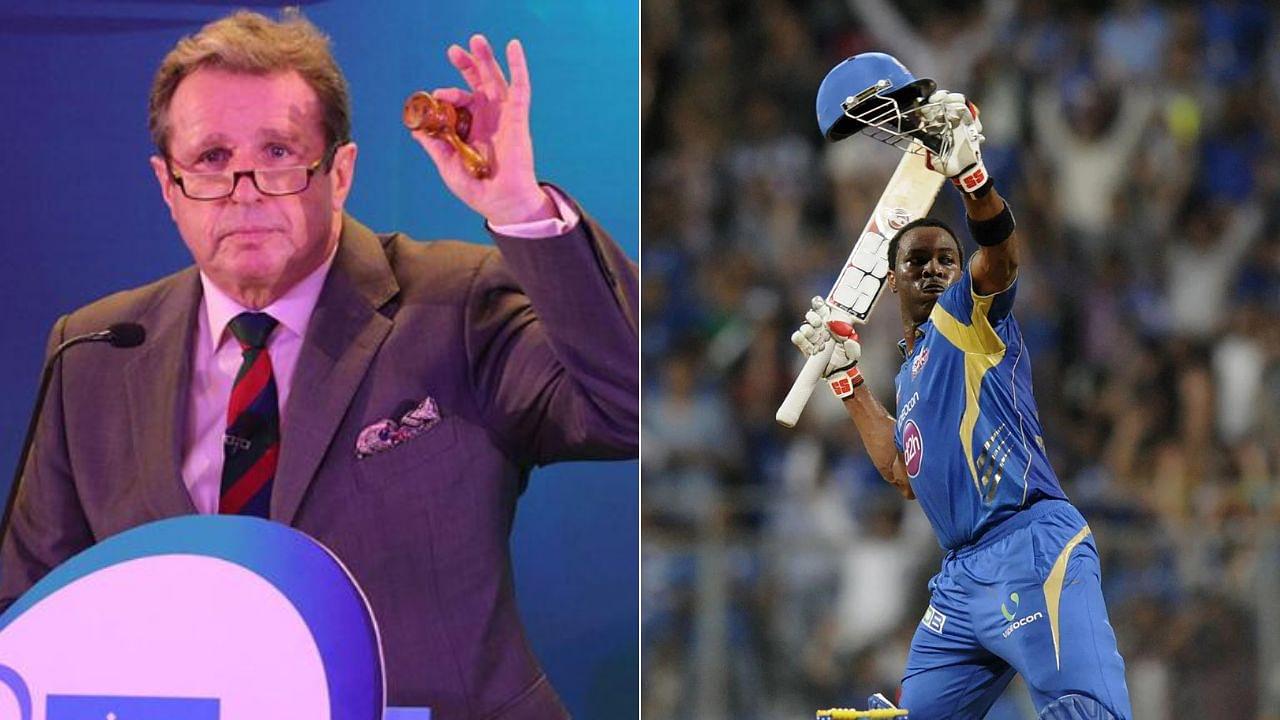
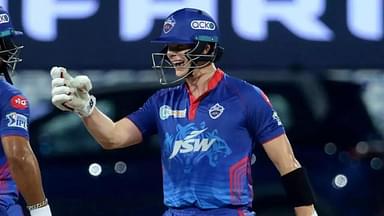
![Most Expensive Player In IPL 2024 Auction [FULL LIST]](https://cdn-wp.thesportsrush.com/2023/12/ae43af1b-pat-cummins-world-cup.jpg?format=auto&w=384&q=75)
